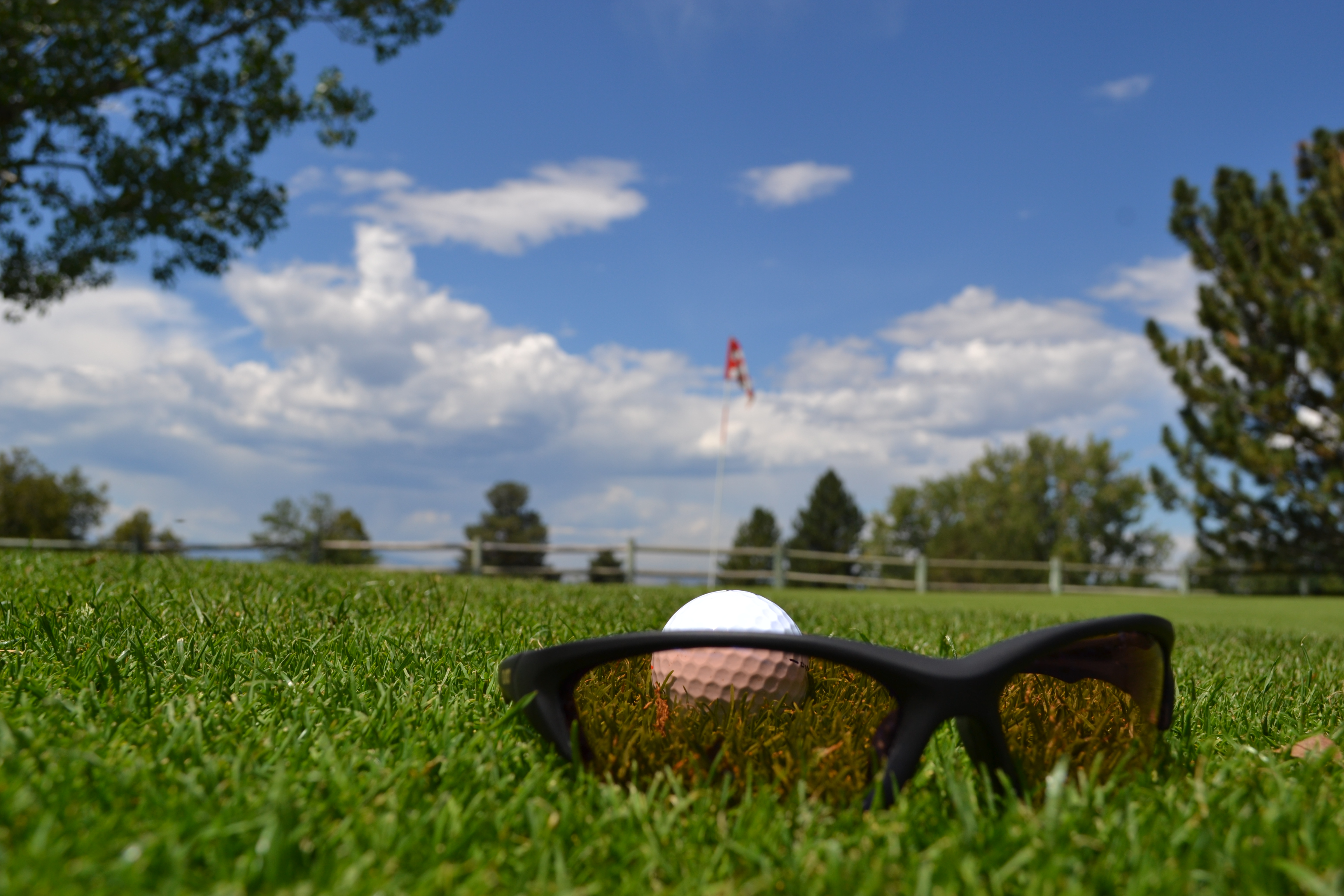Frame: Rudy Project Rydon Flex.
Lens: Medium green gradient tint.
Top of the line Anti-Reflective coating.
CALL TO ORDER: 888-807-5165

Polarized Lenses.
Yes. Yes, you should. But only if you like them.
A polarized lens is a lens with an embedded filter that blocks light that comes through specifically on the horizontal axis. This light is what we recognize as glare. For the wearer, this means that a polarized lens blocks glare reflected off various surfaces and it makes for a more pleasant, sharper optical experience, and creates an experience at which your eye can perform at its best level.
You can quantify the benefits of a polarized lens vs non-polarized lens with light meters that read the amounts of light that are filtered by the lens, and it helps to understand that while non-polarized lenses filter all light, on both the horizontal and vertical planes, meaning it generally diminishes the light that reaches your eye which can serve to mute your overall visual acuity. A polarized lens lets the useful, vertical light pass through the lens and only blocks the distracting, hindering horizontal light. More simply, you can qualify the difference between the two lenses by wearing a polarized lens on and noticing how it feels.
After spending a few hours on the golf course, a polarized lens will let you finish your round with fresher eyes that are less fatigued from squinting through glare. They will give you a clearer view of the course, of the ball as it leaves the tee and of whatever else you look at while you’re golfing. Personally, I notice that after I’ve hit my ball I can find it at a distance more easily because of the way the polarized lens reduces the sheen that bounces off the grass, letting the ball stand out in greater relief. It’s not just about the ball, though, and simply put, a polarized lens makes for a better perspective. They come in a lot of different tones and colors, and the best color is the one in which you feel most comfortable.
– Some people feel that a polarized lens distorts your ability to read the green, and the best explanation I’ve heard for this has been the way the sheen off the grass betrays the green surface and the read of the putt. That’s fine, and I think it makes sense. Glasses aren’t glued to your face.
– I’ve heard that polarized lenses can feel “distorting”. Again, if that’s your experience, it’s too bad. First, I’d probably say that not all polarized lenses are created equally. Materials and quality matter, you get what you pay for, etc. I’m sure inferior lenses can feel distorting, and they can probably lead to headaches as well. There are some people who have true sensitivity to polarized lenses, as well as certain lens materials, but more often than not there’s an error or quality issue in the lens.
– A polarized lens isn’t necessarily right for you. The same way your driver and your shoes aren’t necessarily the very best options for me, a sunglass lens is an individual choice and largely a matter of personal preference. If you don’t like them, don’t wear them. But if you haven’t tried them you should, because they can be quite nice. Ask yourself when you play. What time of day and in which light conditions? What do you currently wear, and do you find yourself squinting against brightness or struggling to let light find your eyes? Besides golf, where will you be using these?
If you have questions about polarized lenses or which style lens is right for you, ask an expert. Call us or write us.
Welcome to Golf Rx, the golfing division of Sports Optical. My name is Kyle. I’m an optician at Sports Optical, a golfer and tennis player, and the guy who manages our blog posts. I’m here to give some real, authentic advice on what goes into a pair of prescription golf glasses, but I want to begin by explaining who we are and what we do.
Sports Optical has been a pioneer in the prescription sport optics industry since the mid-nineties. We were the first to have the ambition to craft prescription lenses in curved-format sport frames, and we were the first to do it well. The premise is simple; we take a prescription intended for a flat lens and adjust it to adapt to the curvature, angle, shape, etc. of a sport lens with the goal of providing distortion-free optics and fully-functional peripheral vision. The application is more difficult. The optical formulas are extremely nuanced, the measurements require great precision, the tools and materials are always evolving and often at fault, the entire process is frustrating and it is, ultimately, quite difficult to execute on a consistent basis. Sound like anything you know?
But this is what we do. We’ve devoted the past twenty years to crafting the best prescription sport lenses in the world, and by many accounts, we’ve absolutely succeeded. We’re proud to have a customer base that spans the world, we’ve had articles and 5-star reviews written about us in publications across a variety of sports and industries, and in our storefront in Denver we welcome folks who travel long distances just to visit us. However, while we’ve been making glasses for golfers for years, we’ve finally gotten around to creating a website devoted purely to the game we all love and hate and persist at. For prescription golf glasses, you can now turn to Golf Rx.
Future posts will discuss a variety of topics, from frames and lenses best suited to certain light conditions and climates, to the glasses worn by Tour professionals, to my recent experience on the course. For today, I’m pleased to open our doors, thank you for visiting.